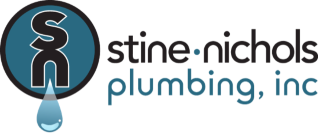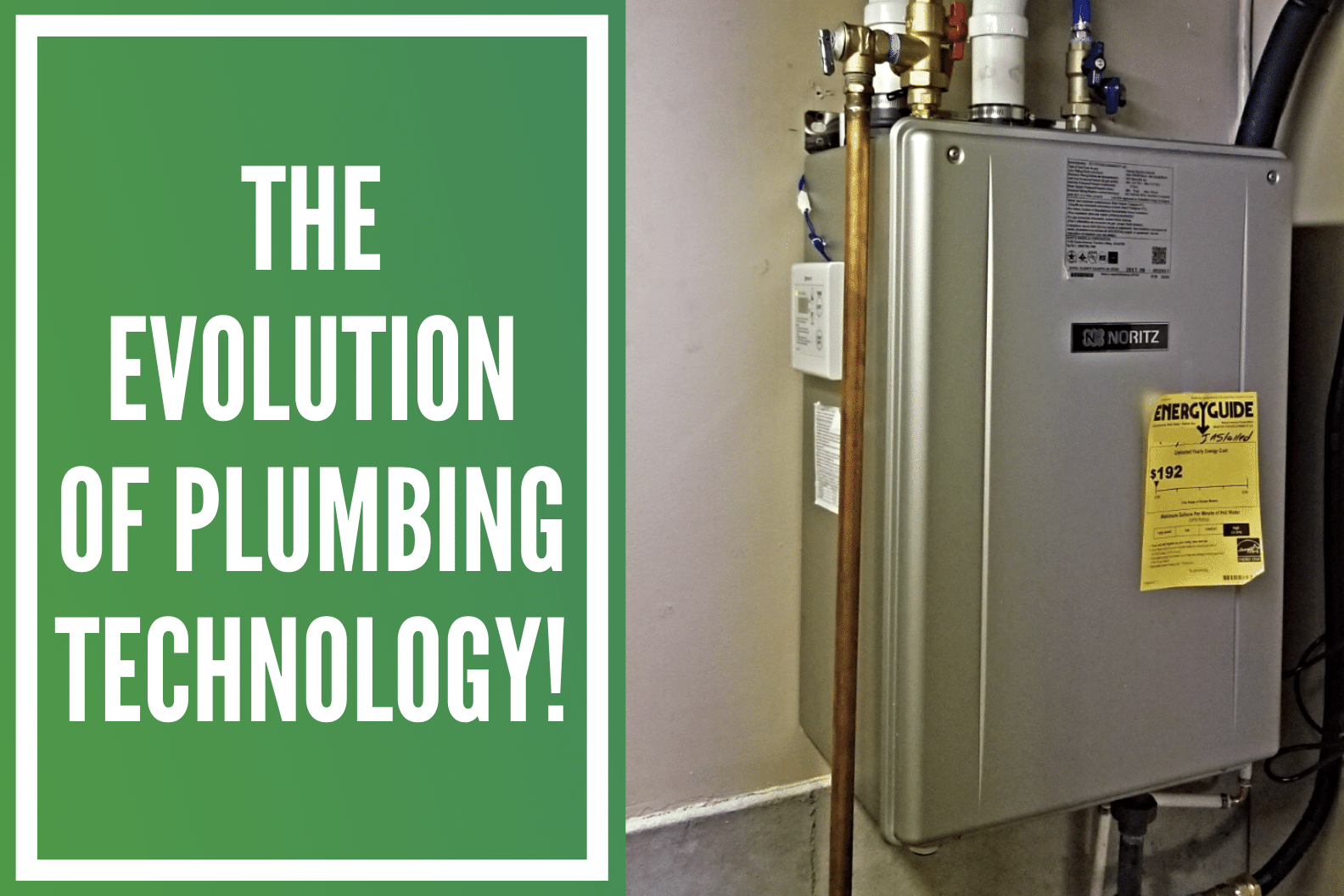As we near the end of the year, we decided to get a little sentimental for this week’s blog post! While we are still referencing water heaters, sewer lines, and toilets, it might not classify as ‘sentimental’ to everyone. Nonetheless, our team recently decided to break down the rapid evolution that’s been witnessed throughout the plumbing industry. Just as is the case with nearly any other industry, over time we’ve been lucky enough to see some amazing transformations. Whether that be flip phones to smartphones or the recent release of Tesla’s driverless car, innovation is an incredible thing!
Plumbing is no different from these industries listed above. Ever since the Egyptians used copper pipes within their pyramids, plumbing systems have gradually involved. And just as technology has seen major transformations in recent years, this exact same technology has found its way into various plumbing applications. So, without further ado, let’s take a look at a few of our favorite plumbing innovations!
Touchless Plumbing
The introduction of touchless plumbing fixtures is an innovation that truly changed the industry. Whether that be touchless toilets or faucets, it didn’t take long for this form of technology to take the commercial industry by storm. In the majority of commercial plumbing projects our team takes part in, we go with touchless fixtures for the bathrooms. A major reason behind this decision is the fact that it prevents the spread of germs and bacteria, as well as cutting back on the water usage.
Plumber Magazine discussed plumbing innovation a few years back in one of their monthly issues. In the article, the columnist expected “to see a rise in touchless technology in the residential setting, simply because of the improved sanitation benefit. Yes, it is higher maintenance and has more points of failure. But the hygiene benefits are clear and compelling as the price point begins to fall on these items.” This quote hit the nail right on the head! As the touchless fixture industry gets more and more competitive, the price will inevitably slowly come down and you’ll find touchless fixtures throughout Kansas City households.
Tankless Water Heaters
For years, traditional tank-style water heaters have been the way to go. Presently speaking, they are still a tremendous option for any Kansas City homeowner and continue to get the job done! Enter tankless water heaters. Recent years have seen these newer, advanced tankless water heaters quickly become common in the residential world. Why so?
- Less Space Occupied: The most common locations for tank-style water heaters is the basement or garage. For most, this isn’t much of an inconvenience, as you’re not spending too much time here anyways. However, one of the major benefits behind a tankless water heater is the fact that it hardly takes up any space at all and can be attached to the wall.
- Energy Saver: Just as touchless fixtures conserve water, tankless water heaters do the same with energy. This is a result of them only heating up the water as it’s needed.
If you’re interested in hearing more about the benefits of tankless water heaters vs. traditional tank-style water heaters, don’t hesitate to give us a call at 816-348-3481! Our team works with both styles and can give you advice on which makes the most sense for your home!
Low Flow Toilets
With any plumbing fixture, two of the most important objectives are to (1) operate at an optimal, reliable performance and (2) reduce the amount of wasted energy or water. You’ve likely already seen this theme across the two points above and low flow toilets are no different!
Toilets from the 1980’s would use roughly 3.4 gallons of water per flush and ones manufactured before that could be using even more! Since 1994, every manufactured toilet uses a maximum of 1.6 gallons per flush. If you have a few members in your household, it’s not hard to tell how a lot of water was being wasted (and you were paying for it on your monthly water bill!). It wasn’t necessarily a seamless transition though, as some of the initial low-flow models were criticized for not performing as well as those currently on the market. All in all though, this has been perfected and low-flow toilets are now performing up to the standard of the water-wasting options that came before them!
Sewer and Drain Cameras
Considering sewer lines are typically more than a few feet underground, detecting a problem is usually easier said than done. When you do notice something is wrong, pinpointing the exact problem location is just as tough! Considering a sewer line runs across the entire front yard, I’m guessing you would like to avoid having to excavate everything just to repair a small crack!
With advanced inspection cameras, plumbers are able to navigate the piping and prevent any incorrect assessments or excavations in the wrong location. In fact, the technology has advanced so much in this area that these cameras are able to generate real-time HD feeds of the internal pipes.
What Could Be Coming?
Over the past 50 years or so, plumbing has changed substantially. This has been done to not only make the customer experience that much better, but also be more sustainable when it comes to the environment! Just as the past has presented these various inventions, I expect upcoming years to be full of plenty other new tools!
Take the Flint Water Crisis for example. As you’ve likely heard on the news, this entire crisis escalated from improper treatment of the water in Flint, Michigan, which ultimately led to lead from all of the aging pipes finding its way into the water supply. What’s followed has been plenty of backlash and a loss of trust when it comes to municipal water systems. While the issue in Flint might be more of an anomaly, there could very well be some skepticism amongst the population. With all of this in mind, I wouldn’t be surprised if in-house water filtration systems become a much more popular product in coming years.
In the end, the quality and cleanliness of your water is going to vary by location. Culligan has a map that outlines some of these differences and provides a quick glance at individual state’s water supply. Here’s what they had to say about our two primary service areas. Keep in mind that these can easily vary by city-to-city as well.
Missouri: “The state’s water supply is regulated by the U.S. Environmental Protection Agency (EPA) to ensure it is safe to drink. While the water won’t harm you, Missouri’s water is hard, which is often responsible for the buildup of soap scum and limescale, as well as spotty, streaky dishes, glasses, and silverware.”
Kansas: “Different cities can experience different water issues, like dry skin, limescale buildup, and spotty, streaky dishes and glassware. But one that affects much of the state is hard water — and the challenges that come along with it.”
The entire Kansas City metro area is affected by above-average levels of hard water. While this is safe to drink and wash with, there are certainly some downsides to it. To read our entire blog about the in’s and out’s of hard water, click HERE.
Hire An Experienced Kansas City Plumber!
Here at Stine-Nichols Plumbing, we’ve witnessed many of these transformations first-hand! Operations Manager Jim Nichols and I have each been in the plumbing industry for over 40 years! One of the most enjoyable parts about this career choice has been the opportunity to see these rapid technological innovations find their way into the plumbing world. Being able to apply these new products and tools to improve our customer’s experience has been a true blessing!
If you’re ever in need of some plumbing help, whether that be residential or commercial, don’t hesitate to give our team a call! We work throughout the entire Kansas City area, along with the surrounding cities, and are always eager to help with any project, no matter the size!


